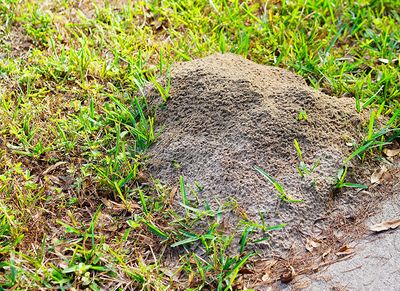Where Do Mice Nest?
Mice are small, clever, and resourceful animals. When they get inside a home, they can adapt to the environment quickly and stay permanently. One of the first things they do is create nests to keep warm, hide from predators, and nurture their offspring. These nests are not only unpleasant to see but also a potential source of allergens and disease. However, they are rarely out in the open where you can see them. This means mice can affect your health and comfort, even when you don't know you have a mouse problem. Today, we will share everything you need to know about finding mouse nests, what these nests look like, the nest-building materials mice may find in your home, and what to do when you discover a mouse nest. As always, we're here if you'd like to speak with us directly; our friendly customer service team is only a click or phone call away, and we are happy to help.
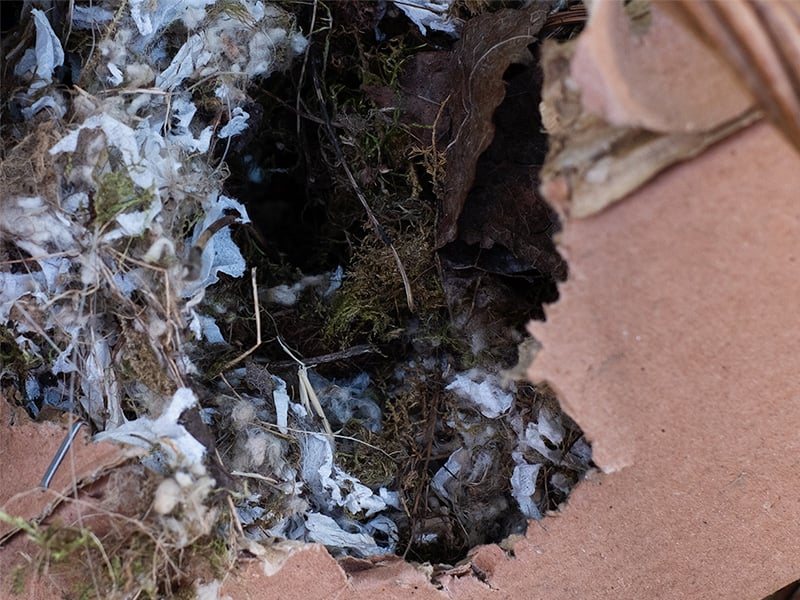
What does a mouse nest look like?
Mouse nests are typically small and compacted blobs of soft materials. Most nests look like messy clumps of shredded paper, insulation, and fabrics that they could have gathered on their own, like dust bunnies in a corner. These nests range in size but are often smaller than a baseball. A nest only needs to be large enough to accommodate two adult mice and some baby mice (called pups).
When you find a mouse nest, depending on how long ago the nest was established, you may find more than soft materials in a fluffy ball. These nests grow filthy over time as mice leave droppings and soak them with their urine. A strong urine smell can be a telltale sign of a mouse nest. The scent is particularly noticeable when mice nest in warm and enclosed spaces.
What materials do mice use to build their nests?
In nature, mice use materials they can find, like grass, pine needles, leaves, moss, animal fur, feathers, and more. They'll adapt and use whatever is at hand (or paw) when they enter a home.
- Paper products
Mice rip up paper items to gather materials for their nests. They'll use paper towels, toilet paper, newspaper, cardboard, and more. - Filling
Mice chew into soft cushions, mattresses, and other furniture, gathering soft materials for their nests. - Insulation
Mice get into walls and attic spaces, where they may find fibrous insulation materials for their nests. - Pet hair
Mice will gather tufts of dog or cat hair if they can find them. - Carpet fibers
Mice will chew on carpets and rugs to get nest-building materials. - Clothing & fabrics
Mice will rip clothing and other fabric to pad their nests. - Leaves & organic debris they bring in from outside
These rodents may also bring leaves, twigs, and other organic debris from outside indoors to use in building their indoor nests.
Most items damaged by mice are found in attic storage areas or storage rooms. These critters spend most of their time in secluded spaces, but they damage items in common areas as their population grows.
Where do mice nest indoors?
Mice choose nesting sites based on two primary criteria: proximity to food, and warm temperatures. If both are available, a mouse is in heaven. Here are some common nesting locations:
- Wall voids
Any wall will do. Mice love hidden cavities. They particularly love wall voids near heat sources during the chillier winter months. - Kitchens and pantries
Mice love to be in or close to rooms that have food. You may find them in and around stoves, under or behind refrigerators, inside cabinetry, and in the kitchen pantry. - Attics, garages, and storage rooms
Mice like seclusion. If they find a food source, they'll be right at home. They are particularly fond of attics because they tend to stay warm. - Furniture
Mice often hide inside couches, chairs, dresser drawers, and other furniture-provided hiding places. They also often hide in stored items in secluded spaces. - Drop-down ceilings
Mice are incredible climbers. Though it isn't as common, mice can nest in drop-down ceilings and other high locations if conditions warrant this behavior. If you are looking for mouse nests, it is worth taking a quick peek in these areas.
Okay. Let's say you find a mouse nest in one of these locations. What can you do about it?
What to do when you find a mouse nest in your home
It is important to take quick and decisive action when you locate a mouse nest. Their presence in your home can lead to damaged property and other troubles. Here are a few guidelines to follow when discovering a nest:
- Don't disturb the nest. While it is tempting to dispose of a nest quickly, doing so can release allergens, viral agents, or hidden pests (like fleas). Take note of the location and contact a professional.
- Look for other signs of activity around the nest. Inspect the area for droppings, other nests, and signs of an extended problem. When doing this, wear a mask and protective gloves to guard yourself. You may also contact a professional to perform this inspection for you.
- Avoid the impulse to use traps: Applying traps without training and experience can lead to undesirable results. It is best to have a licensed professional install traps and implement other mouse control measures within your home.
We understand how alarming it is to find a mouse nest. The best course of action is to leave the clean-up and treatment to professionals. We can evaluate the extent of your issue and provide solutions that produce results.
What if I don't have a mouse problem yet?
If you don't find nests in your home, that is good news. But mice can move in at any time. While thinking about mouse control, consider starting with a home pest control plan for your home. The best pest control works to prevent problems before they begin, so you don't have to deal with the repercussions of having pests in your home.
How does an Anti-Pest plan protect my home?
Mice are experts at finding their way indoors. With Anti-Pest’s Pest Plan, your exterior will have the protection it needs to keep mice and other pests out. Serving Shreveport, Bossier City, and throughout Bossier, Caddo, and DeSoto parishes, our locally owned and family-operated pest control company has been resolving rodent and insect infestations since 1950; you can count on us to handle the problem!

Testimonials


Our Services
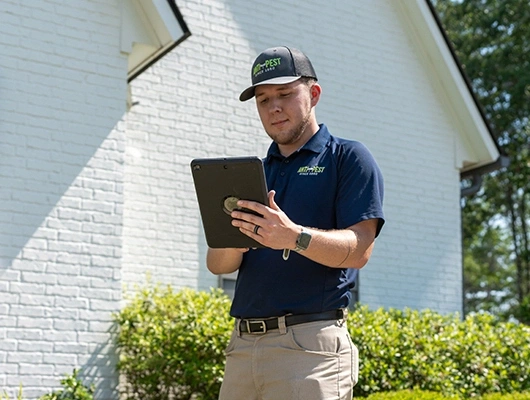
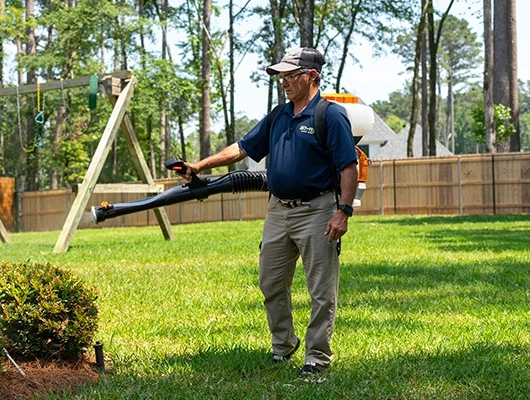
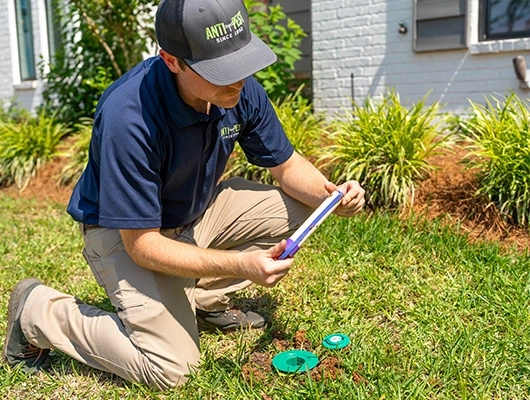
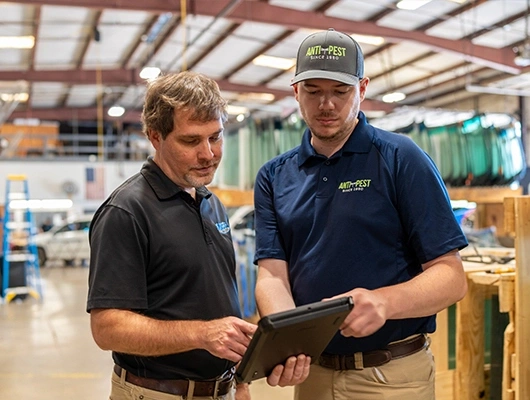
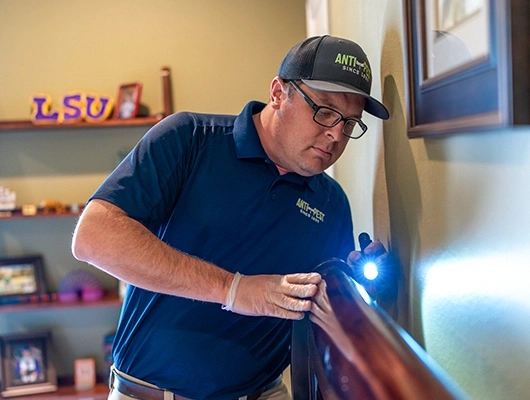
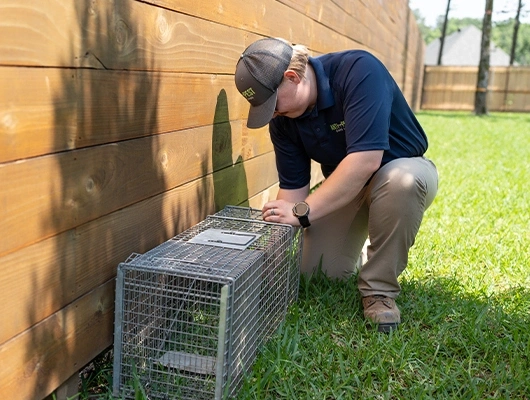
News, Blogs, & Articles
Anti-Pest Blog


